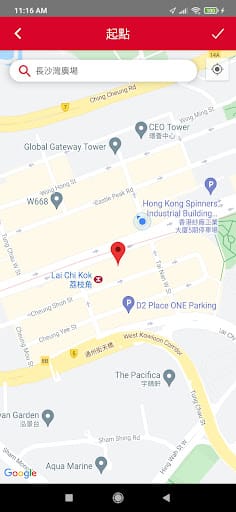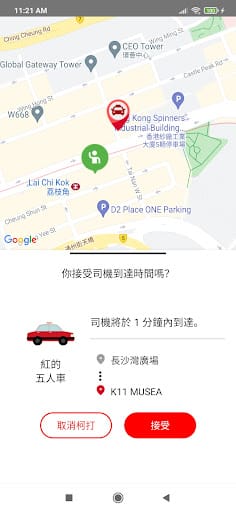Optimization Achievements
Examining the technical design of this ride-hailing application reveals several potential areas where optimization could significantly improve the user experience. These include streamlining data requests, improving map rendering efficiency, and refining the algorithm for matching passengers with drivers.
Potential Optimizations
- Reduce data usage during ride tracking.
- Optimize map rendering for smoother performance on lower-end devices.
- Enhance the driver-matching algorithm to minimize wait times.
Possible Drawbacks
- Over-optimization could lead to reduced feature richness.
- Aggressive caching strategies might cause outdated information.
Efficiency Innovations
Efficiency in a ride-hailing app hinges on minimizing the resources used while maximizing responsiveness. Areas for innovation include using efficient data serialization formats (like Protocol Buffers) for communication with the server and implementing intelligent caching strategies to reduce network requests. Background processes should be carefully managed to prevent battery drain.
Intelligent Caching
Employing an adaptive caching mechanism could dramatically reduce the number of server requests, improving both app responsiveness and reducing data consumption.
Smart Design Choices
A smart design would prioritize a modular architecture, allowing for independent updates to different parts of the application. This approach minimizes the risk of introducing bugs during updates and allows for more rapid iteration. UI responsiveness is also crucial; animations and transitions should be lightweight and efficient.
UI Responsiveness
The user interface should be designed with performance in mind, ensuring smooth transitions and minimal lag, even on less powerful devices. Profiling tools can help identify and address performance bottlenecks in the UI.
Performance Excellence
Achieving performance excellence requires constant monitoring and optimization. Load testing the application under various conditions (e.g., high user load, poor network connectivity) can reveal potential weaknesses. Automated performance testing should be integrated into the development pipeline to catch regressions early.
- Conduct regular performance audits.
- Implement automated performance tests.
- Monitor resource usage in production.
Resource Management
Effective resource management is critical for a mobile application. The app should minimize its memory footprint, release resources when they are no longer needed, and avoid unnecessary background processes. Tools like memory profilers and leak detectors can help identify and address resource management issues.
| Resource | Management Strategy |
|---|---|
| Memory | Use efficient data structures, release unused objects promptly. |
| Battery | Minimize background activity, optimize network requests. |




